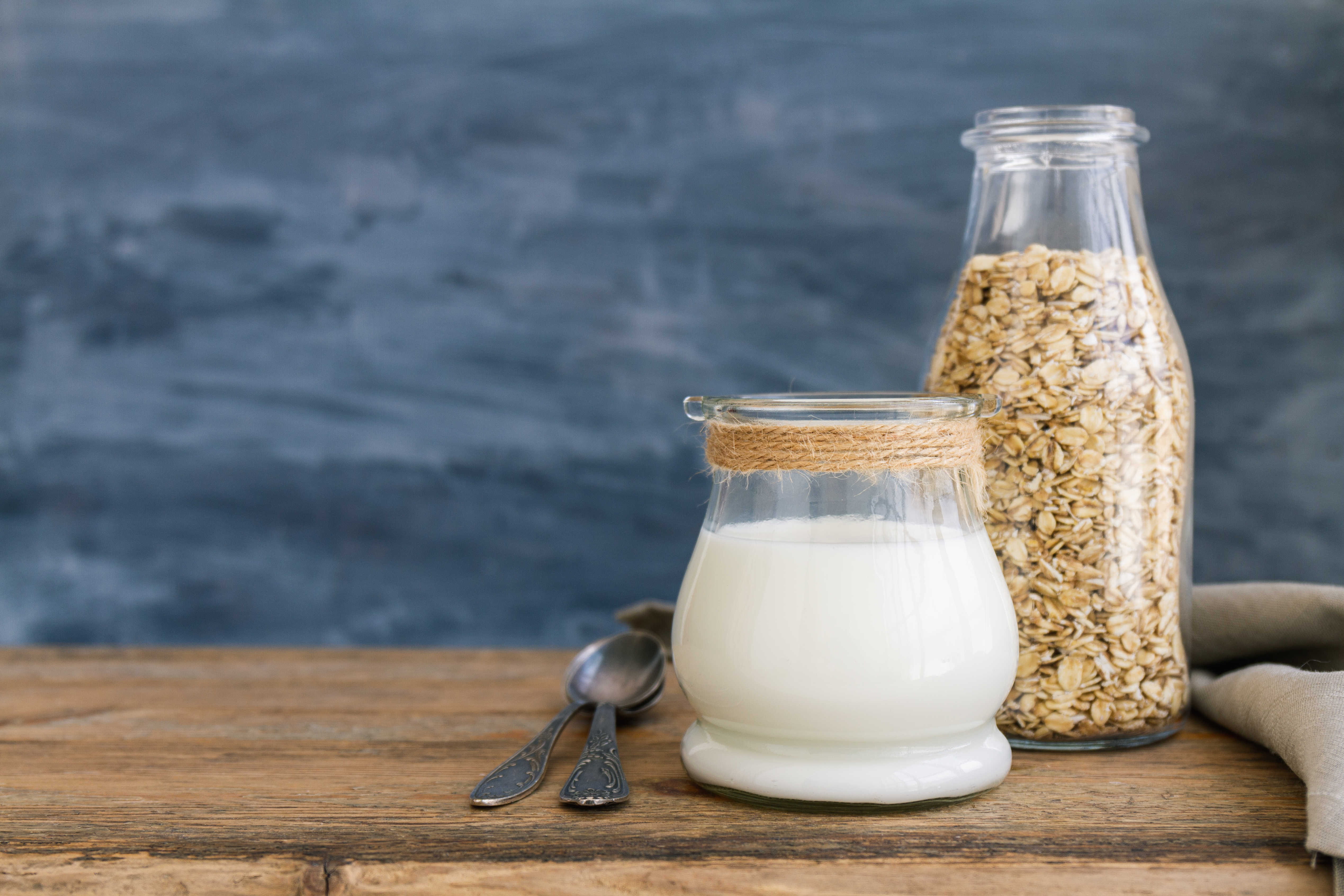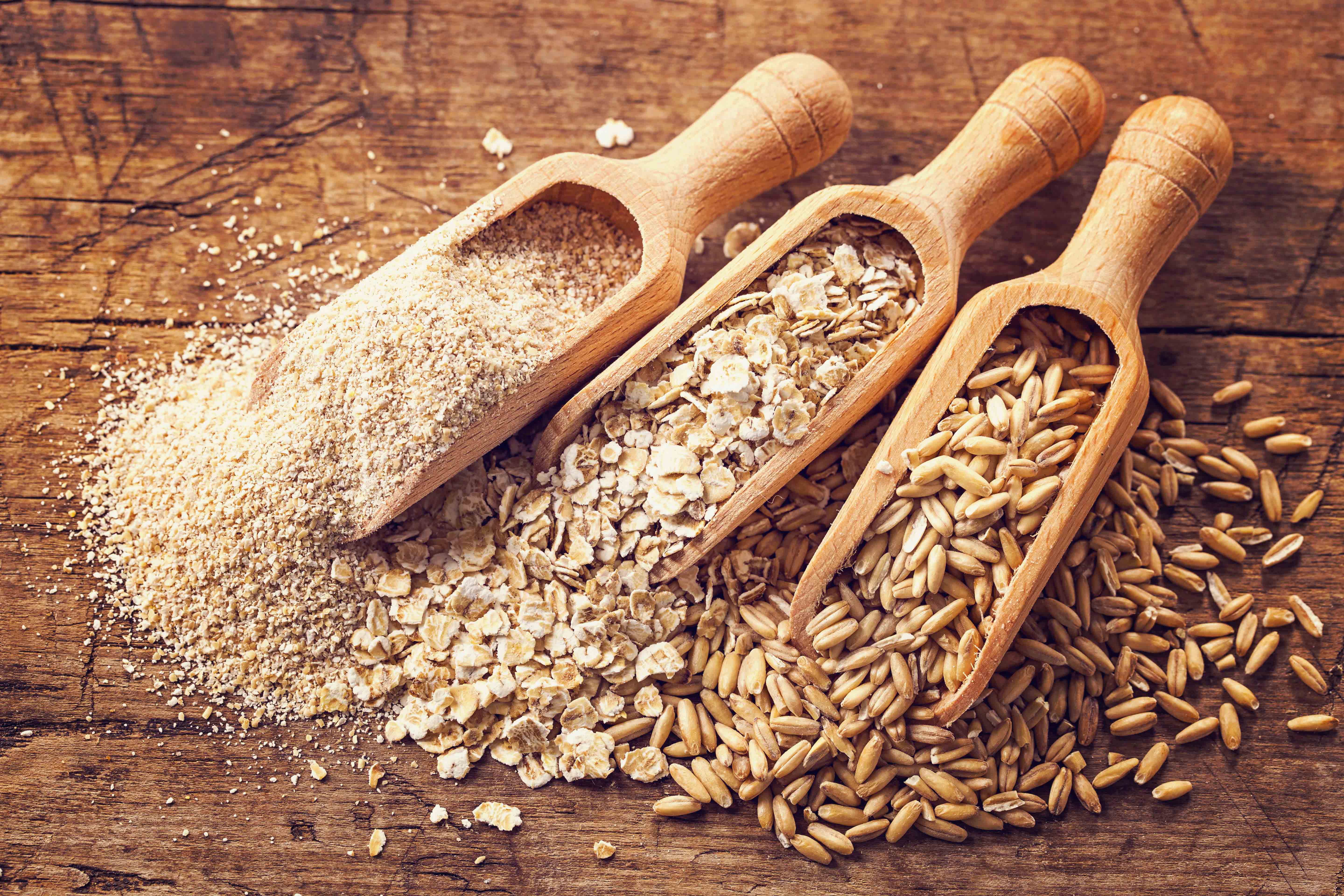The major markets for Australian milling oats are China, Mexico, India, and Japan.
Western Australian feed oats are well received by international markets, particularly the growing Middle Eastern and Japanese racehorse industries.
WA produces about 40% of Australia's export hay – most of which is sent to Japan, South Korea, China, and Taiwan to support their livestock and dairy industries. A similarly high proportion of Australia's milling oats are also produced by Western Australia.
The department is a partner within the National Oat Breeding Program, which is responsible for breeding and developing new oat grain and hay varieties with superior yield and quality.

Oat milk
Production
Western Australia produces around 600,000 tonnes of oaten grain and about 600,000 tonnes of cereal hay each year, the majority of which is oaten. Significant amounts of hay and oaten grain are retained on-farm and traded domestically.
WA oats have an excellent reputation, both nationally and internationally, for their high quality and milling capabilities.
End users recognise the aesthetic features of the grain (brightness and plump characteristics of the grain) and the high groat levels (soft inner grain remaining when the husk is removed from harvested grain).
Hay yield and quality are a major focus of the National Oat Breeding program and the department screens varieties suited to WA conditions for quality, disease resistance and agronomic traits on behalf of the program.
Health benefits
Oat fibre has been shown to help reduce cholesterol, and there is a growing promotion of oats as a health food - a movement that could help diversify market opportunities. For example, oats are being used in new Asian products including oat noodles, oat milk and oat health care products.
Oat varieties grown in WA are bred specifically for their flavour and aroma when processed, as well as their high milling yield.
The department is a member of the National Oat Breeding Program, delivering research and variety evaluation trials across the WA wheatbelt.
Exports
Grain
Typically, 25% of the WA oat crop is retained on-farm as animal feed, with a further 25% being used in the domestic feed trade in compound feed rations for a range of livestock uses, however there is a growing export demand for milling oats.
Quality milling oats are exported directly from WA as grain or processed oats. The major markets for oats in 2023 were China, India, Kuwait, Mexico, and Israel.
Most milling quality oats are exported for processing in destination markets, but a significant quantity is also processed prior to export, adding significant value to this grain sector.

Oat flakes, bran and seeds
About 150,000 tonnes of milling oats are processed domestically for export, with some also used domestically in the breakfast cereal, health bar, bakery, baby food and other emerging industries.
Hay
WA produces over 40% of the nation's export hay generating over $120 million in export earnings to the state in recent years.
Oaten hay exports are predominantly to Japan, South Korea, and China. With Asian markets expanding rapidly in recent years, consistent supply of high-quality hay is essential to WA growing its market share.
Crop Sowing Guide
The Western Australian crop sowing guide is a one stop shop for information on all the major crops grown in Western Australia, compiled by the department. This edition includes the major crops grown in WA – wheat, barley, canola, oat, lupins, and pulses. The guide aims to provide information to support growers with decisions on the best choice of variety for each of the major crops for the upcoming season.
View the current Crop Sowing GuideDiseases and pests of oats
When selecting an oat variety for your cropping program, it is important to be aware of the variety's disease and pest package to allow for appropriate planning and proactive management to reduce risk of yield losses.
The severity of disease in oat crops depends on the presence of inoculum carried over from last season, favourability of seasonal conditions, pathotype virulence, and varietal susceptibility.
An annual review of your crop’s disease and pest resistance ratings is vital, as risk profiles change with the introduction of new pathotypes. Refer to the Western Australian crop sowing guide for oat leaf disease resistance profiles.
A rapidly developing issue for the Australian grains industry is development of fungicide resistance in a range of pathogens. While fungicide resistance is not currently identified in pathogens of oats, using a good Integrated Disease Management (IDM) approach can help reduce reliance on fungicides for disease management. More information on fungicide resistance is available from the Australian Fungicide Resistance Extension Network.
Pest insects and nematodes can have adverse and damaging impacts on agricultural production and market access, the natural environment, and our lifestyle.
Western Australia is free from some of the world's major pest insects. Biosecurity measures on your property are vital in preventing the spread of insect pests.
The department provides:
- biosecurity/quarantine measures at the WA border to prevent the entry of pest insects
- where relevant post border biosecurity measures
- advice on widespread pest insects present in the state
Disease symptoms, background, diagnosis, factors favouring risk and spread, yield and quality losses, and integrated management strategies are provided for the following diseases of oats:
Soil-borne pathogens and nematode pests infect plant roots and impact their ability to take up water and nutrients. Environmental factors such as soil moisture, temperature and nutrient availability will determine the severity of disease development. Soil-borne diseases and nematode pests are best managed by identifying the pathogens or pests causing plant decline, using crop and variety rotation, and chemical management, if available.
Nematode pests
Nematodes are microscopic, worm-like animals that feed on plant roots causing damage and yield loss in susceptible crops. Crops infected with cereal cyst nematodes are more susceptible to infection by fungal diseases such as rhizoctonia root rot.
More information
Pest symptoms, background, diagnosis, factors favouring risk and spread, yield and quality losses, and integrated pest management strategies are provided for the following pests of oats:
- Aphid feeding damage and its management in cereal crops
- Armyworms and their management in cereals
- Cereal aphids
- Cockchafer
- Cutworm
- Desiantha weevil
- Insect pests and their management in oats
- Lucerne flea
- Pest slugs and snails and their management in broadacre crops
- Webworm
Mites
- Balaustium mite
- Blue oat mite
- Brown wheat mite
- Red legged earth mite (RLEM)
Related links
- Australian Fungicide Resistance Extension Network
- FlowerPower tool - Predict cereal flowering dates
- GRDC National Variety Trials | Grains Research and Development Corporation (grdc.com.au)
- Growing oaten hay on frost prone paddocks
- Hay - essentials for growing a successful crop
- Hay production
- Oats - essentials for growing a successful crop
- Registered fungicides for broadacre crops
- Zadoks growth scale
- Subscribe to the Grains Convo Newsletter
